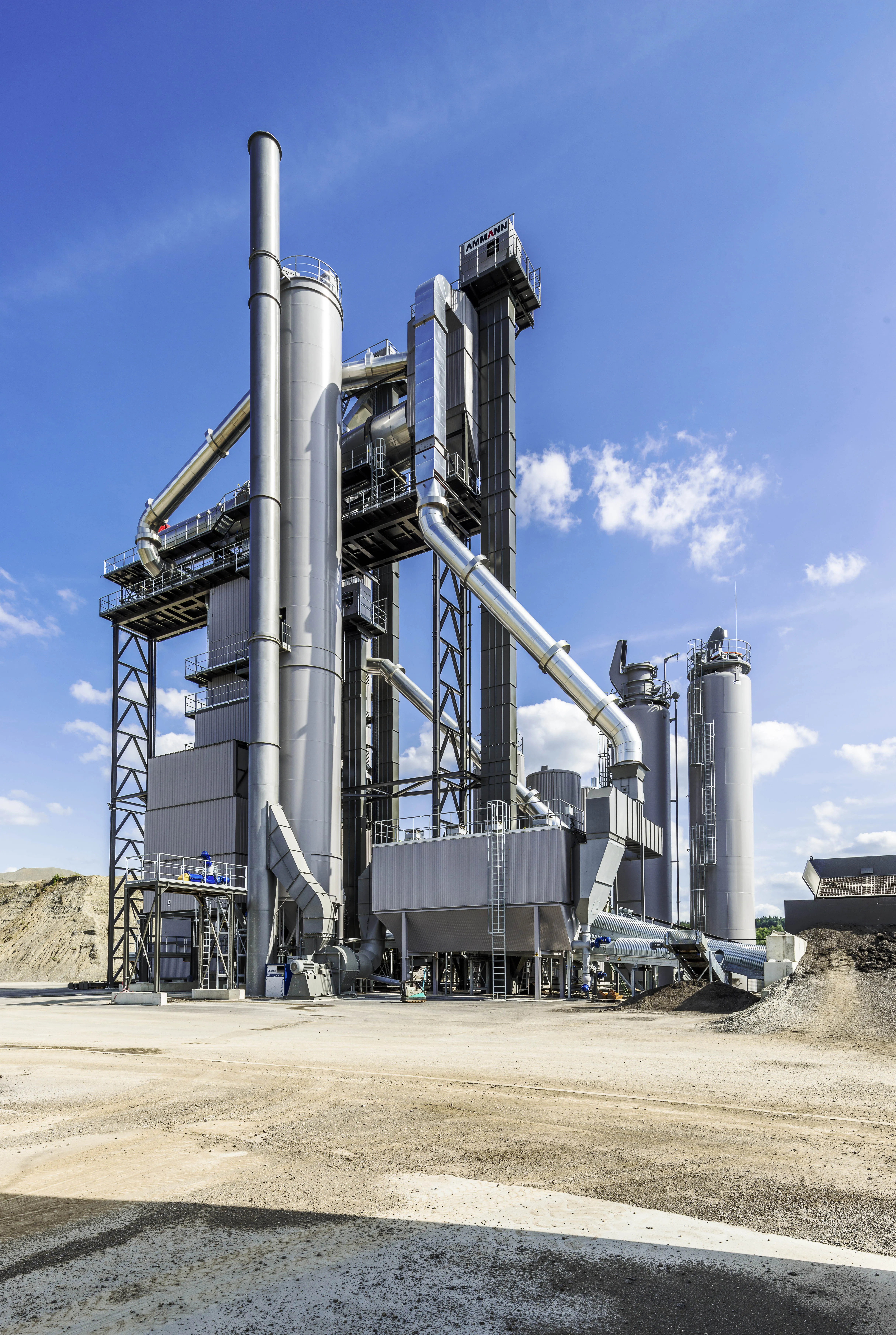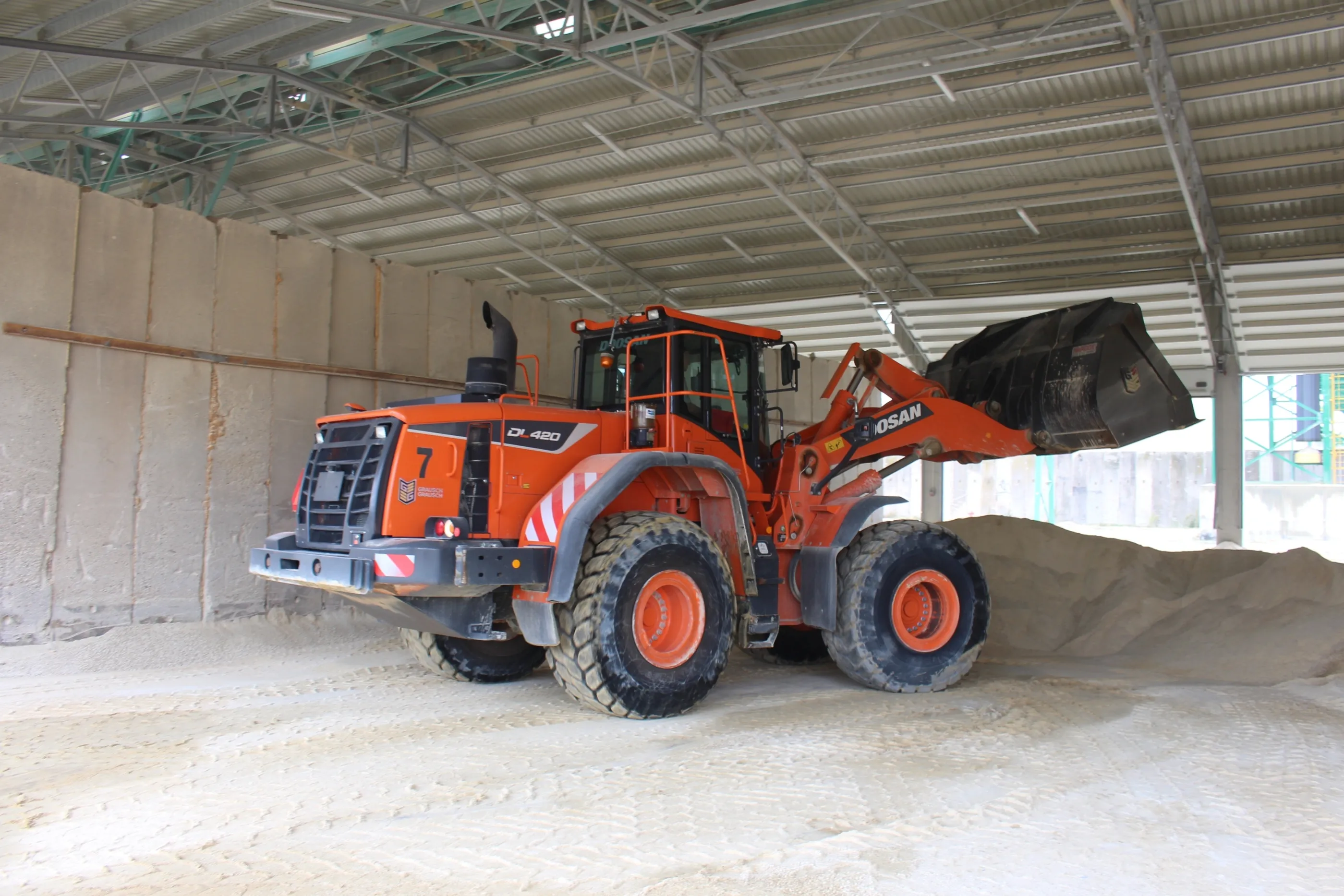
TrafficJet is a complete inkjet printing system for traffic safety and reflective sign producers as well as government agencies that produce signage.
The CMSpot6 replaces standard process yellow and black in a CMYK ink set with more durable spot yellow and black inks, according to the company. It provides more durability and eliminates design compromise sometimes seen with using standard highway colours.
Traditional ink configuration allowed for CMYK cartridges plus four traffic spot colours, and users would have to choose which four of the six traffic colours to include in the traffic sign printing.
With CMSpot6, the black and yellow colours in the CMYK ink set are replaced with spot yellow and black with dual roles to print specification-compliant traffic signs and blends them with cyan and magenta for custom-coloured images. In addition, by opening two additional ink bays, all six highway spot colours can be loaded with cyan and magenta for expanded design and print possibilities.
CMSpot6 is now standard on all TrafficJet printers. Customers looking to upgrade an older TrafficJet printer are encouraged to contact their Avery Dennison supplier.
Avery Dennison also offers a 10-year durability warranty for any colour printed on Avery Dennison’s high intensity prismatic sheeting, said Tammy Rucker, business development manager at Avery Dennison. “CMSpot6 offers the proven performance of spot yellow and black when combined with our cyan and magenta process and extends the colour gamut by 37%.” she said.









